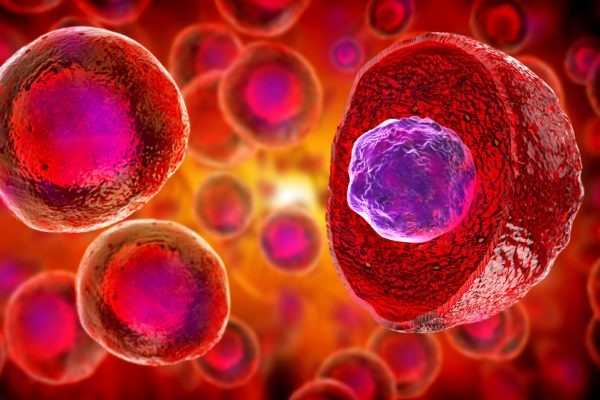Best Practices: Selecting an Expression System
At Proteos, we are committed to delivering high-quality services that surpass client expectations. This begins with selecting the optimal expression system and designing a scope of work that is appropriate for your protein of interest.
The structural complexity of the protein of interest provides clues for selecting an expression system. Simple proteins with a single structural domain and no essential post-translational modifications (PTMs) may express well in bacterial cells. However, proteins with multiple structural domains and PTMs are apt to be insoluble in bacteria. Insect or mammalian cell expression systems are more suitable for expression of complex eukaryotic proteins. Insect cells possess most of the eukaryotic PTM machinery for protein folding and cellular trafficking. However, mammalian cells are the best choice when conservation of PTMs is critical for the protein’s structure and function.
In addition to structural complexity, it is important to consider the downstream use for the recombinant protein when selecting an expression system. Proteins that express well in bacterial cells can be used for in vitro experiments that are not adversely affected by endotoxin, including crystallization, binding studies, and biochemical assays. Likewise, proteins produced in eukaryotic cells can also be used for in vitro assays as well as for applications requiring low endotoxin, such as functional cell-based assays and in vivo studies.
Proteos offers bacterial, insect, and mammalian cell expression systems for production of recombinant proteins. Contact us today to discuss which expression system would be best suited for your project. Our next Best Practices blog will focus on generating multiple constructs for production of a novel recombinant protein.
The Proteos team will work with you to choose the optimal expression system for production of your protein of interest. Contact us today to start the discussion.


